Kyrgyzstan Military Equipment - September 14 Two soldiers of the Kyrgyz State National Security Committee were wounded during heavy shooting from the Tajik side of the border near the Bulak-Bashi area. At noon, the shooting stopped, and in the afternoon, the regional leaders of Kyrgyzstan and Tajikistan met to discuss the situation on the border.
On September 16, Kyrgyz President Sadir Japarov and Tajikistan President Emomali Rahmon discussed the border issue during a bilateral meeting on the sidelines of the Shanghai Cooperation Organization summit in Samarkand, Uzbekistan. Kyrgyzstan was forced to rely on "foreign forces" to protect its external borders.
Kyrgyzstan Military Equipment
Source: upload.wikimedia.org
After the restoration of independence, the "Kyrgyz Border Guard Command" (subordinate to the Ministry of Defense and headed by a Kyrgyz general officer) administratively replaced the Kyrgyz (Kyrgyz) Directorate of the Central Asian Border Military District of the former USSR KGB
Kyrgyzstan - Air Force
. In 1992, when Almaty took over the former eastern border district from the Soviet Union, Bishke found that the border troops on its territory were without leadership, support or even medical supplies. Bishkek turned to Moscow for help and according to the 1992 bilateral agreement concluded in October, Russia took responsibility for the protection of Kyrgyzstan's borders.
The Kyrgyz Air Force is one of the weakest and smallest in Central Asia. Much of its equipment is in need of repair and maintenance, and its staff is poorly trained. In terms of military spending priorities, the Air Force is persistently losing to the military, which indicates that its poor condition and low combat readiness will continue for some time to come.
Football players from the Manas Transit Center traveled to Frunze 1 air base to play in 2011. October 18 would participate in the second football tournament against the airmen of the Kyrgyz Republic. exchange," said Maj. Christopher Johnson, director of the military cooperation division of the Theater Security Cooperation. "Recently, our partnership has focused on the exchange of military information, focused on the maintenance of aircraft and vehicles, but we are currently renewing our
Sports partnership ... In 2012 we are planning several military information exchanges that will focus on the Kyrgyz Air Force developing its organic capabilities," Johnson said. "The strong relationship with Frunze 1 AB is a key pillar in the partnership of the transit center with
Kyrgyzstan - Army
the Kyrgyz Defense Ministry." In 1994, Kyrgyzstan agreed to allow Russian army border troops to take over the task of guarding Kyrgyzstan's border with China. The agreement follows Russian complaints that further desertions by Kyrgyz border troops have left
The former Soviet border, which Russia continues to maintain is largely unprotected by Your proper boundaries. Akayev has periodically sought an even greater presence of Russian military forces in the republic, with a broad hint that if Russia is not interested in renewing the Soviet air bases in the republic, other powers such as the United States or the North might also be.
-Atlantic Treaty Organization; However, the fact that Kyrgyzstan in 1995 gave Uzbekistan the last remnants of its air fleet from the Soviet era in exchange for debts shows that neither Moscow nor Tashkent took such proposals seriously.

"To expand our global ATM customer base, we will bring enhanced ATM capabilities and flight capacity to the Kyrgyz Republic for the first time," said Mike Prout, vice president of security and transportation systems at Raytheon Network Centric Systems.
"Thanks to our ongoing partnership with the US Air Force and with over 60 years of experience as a large-scale ATM supplier, we are confident that our systems will provide the best value for the US government and the Kyrgyz Republic
Rahmon may want to attract both domestic and international audiences, drawing attention to the surprisingly resilient and defiant protests in the Gorno-Badakhshan Autonomous Region (GBAO), home to the Pamir minority. The protests began in November 2021, when security services brutally
A local activist was killed. Despite a brutal crackdown on protests this year and attempts to silence the media at home, reports of the government's brutal treatment of Pamir residents continue to flow. Well, not anymore, like the recent invasion of Kyrgyzstan
Grabbed all the regional and global headlines, putting GBAO's fate back in the shadows. In September 2003, Bishkek and Moscow finally reached a long-delayed peace. Come on behalf of the Collective Security Treaty Organization (CSTO) to establish a Russian-controlled air base and deploy Russian Air Force personnel and combat aircraft in Kyrgyzstan.
These assets will form part of a joint (Russian/Kyrgyz) air element that will be a component of the CSTO Rapid Response Force and support its counter-terrorism role. Tajikistan appears to have deployed heavy military equipment and military personnel as early as September 14.
According to the scale of the operation, the heavy military equipment in operation and the number of military soldiers, it was a premeditated and planned military operation. Because of Rahmon's enormous control over the Tajik government, he had to order full preparations for the operation on or before the SCO summit.
Finally, Tajikistan's aggression against Kyrgyzstan takes place against the background of armed conflict in the former Soviet Union. In recent weeks, Russia's invasion of Ukraine has suffered serious setbacks; And last week, the eternal border conflict between Armenia and Azerbaijan was rekindled.
In fact, five of the six members of the Collective Security Treaty Organization (CSTO), of which Russia is a key partner, are effectively involved in armed conflict: Russia, Belarus, Armenia, Tajikistan and Kyrgyzstan. Armenia has already applied to invoke Article 4 of the CSTO Treaty to trigger the body's intervention (as it did in Kazakhstan in January), but has so far not been satisfied with the response.
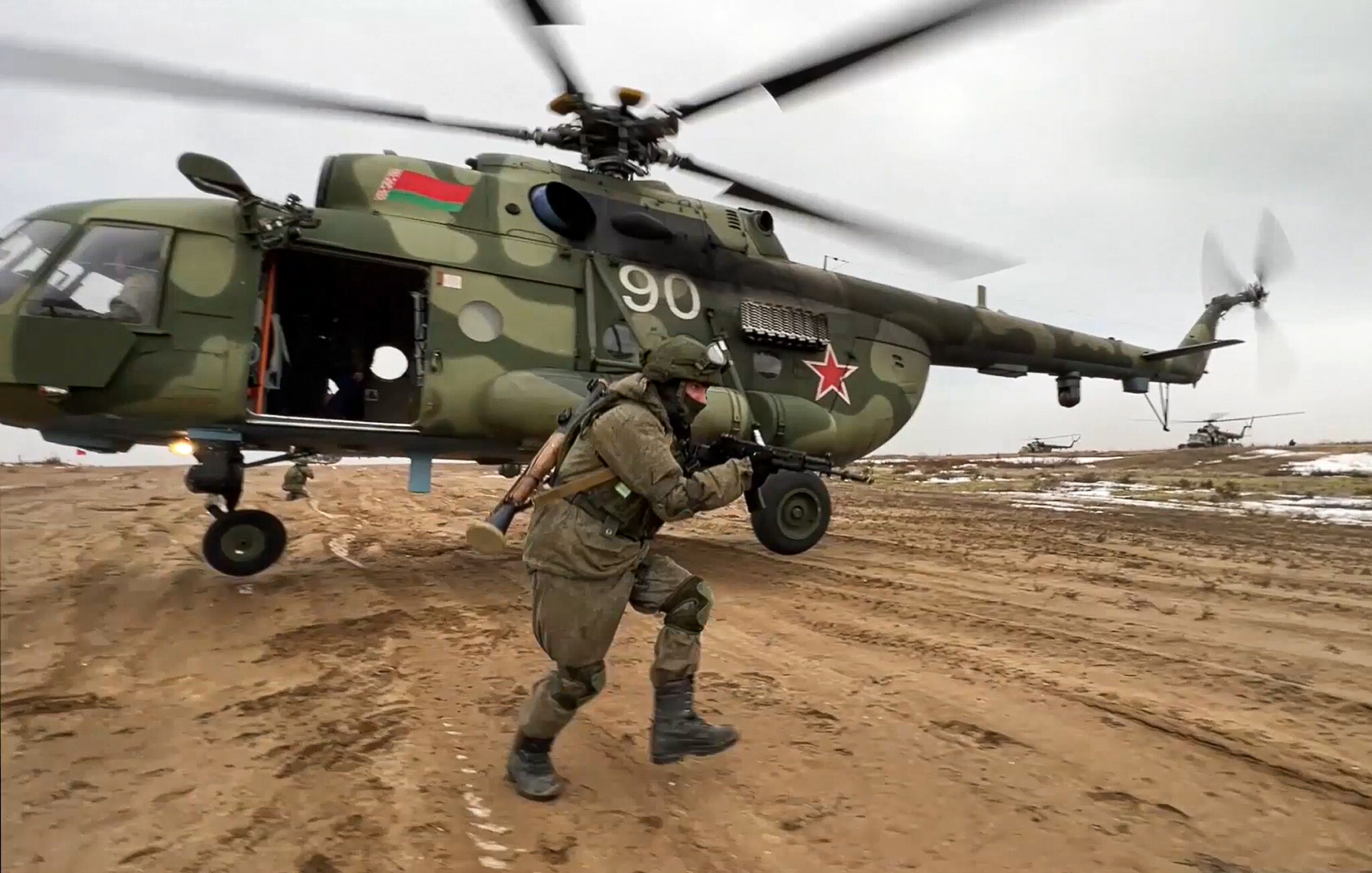 Source: static.timesofisrael.com
Source: static.timesofisrael.com
What the CSTO would or could do if one member attacked another remains unclear, as in previous bloc conflicts. The Kyrgyz Armed Forces, originally formed from the forces of the former Soviet Turkestan Military District stationed in the newly independent state, include the Army/Ground Forces, Air and Air Defense Forces, Forces Groups North and South, Internal Forces, and Border Troops.
Although it is too early to dive into analytical conclusions, there are a number of possible reasons why Tajikistan launched an armed attack on Kyrgyzstan at this particular moment. Some of the reasons are domestic, arising from domestic political circumstances.
Others relate to regional and global developments. Army National Guard State Partnership Program (SPP) was established in 1991. The Kyrgyzstan-Montana partnership began in 1996; Cooperation included a visit to Montana by then-President Askar Akayev in 2003, training (military, medical, search and rescue, and disaster response) and work with the Kyrgyz Drug Control Agency.
The National Guard of Alaska and Nebraska also participated in some of these efforts. The Raytheon team, which includes Saab Sensys Corporation of Syracuse, New York, will develop a safe and efficient air traffic management system for air traffic in the Kyrgyz Republic with aircraft operating at Manas International Airport.
Raytheon is a prime contractor and systems integrator. Raytheon will also design and build a new ATCT at Manas International Airport and provide new communications systems and interfaces to the existing air traffic control infrastructure. It was not entirely clear what weapons the Kyrgyz army will have.
In March 1992, the Republic lost twelve IL-39 aircraft when they were "repatriated" to Russia from a training ground near the capital, and in 1995 an unknown number of MiG-21 fighters and close support L-39X were lost in the
Exchange with Uzbekistan. Airplane. Available information clearly shows that Kyrgyzstan, as the least militarized of the Central Asian republics, is unable to defend itself against a military threat from any quarter. Due to cost and military doctrine, Kyrgyzstan did not develop its air capabilities;
In 1993 many MiG-21 interceptors borrowed from Russia were returned, although a number of ex-Soviet air bases remained. In 1996 approximately 100 decommissioned MiG-21s, ninety-six L-39 trainers and sixty-five helicopters remain in Kyrgyzstan. Major combat support is provided by Russian air defense and ground attack fighters based in Manas.
The Kyrgyz Air Force cannot respond to any threats, and relies on Russian support in all cases. In order to help protect the country during the 2010 in June after ethnic unrest, Russia and Kazakhstan sent eight manned helicopters to support security agencies on the ground.
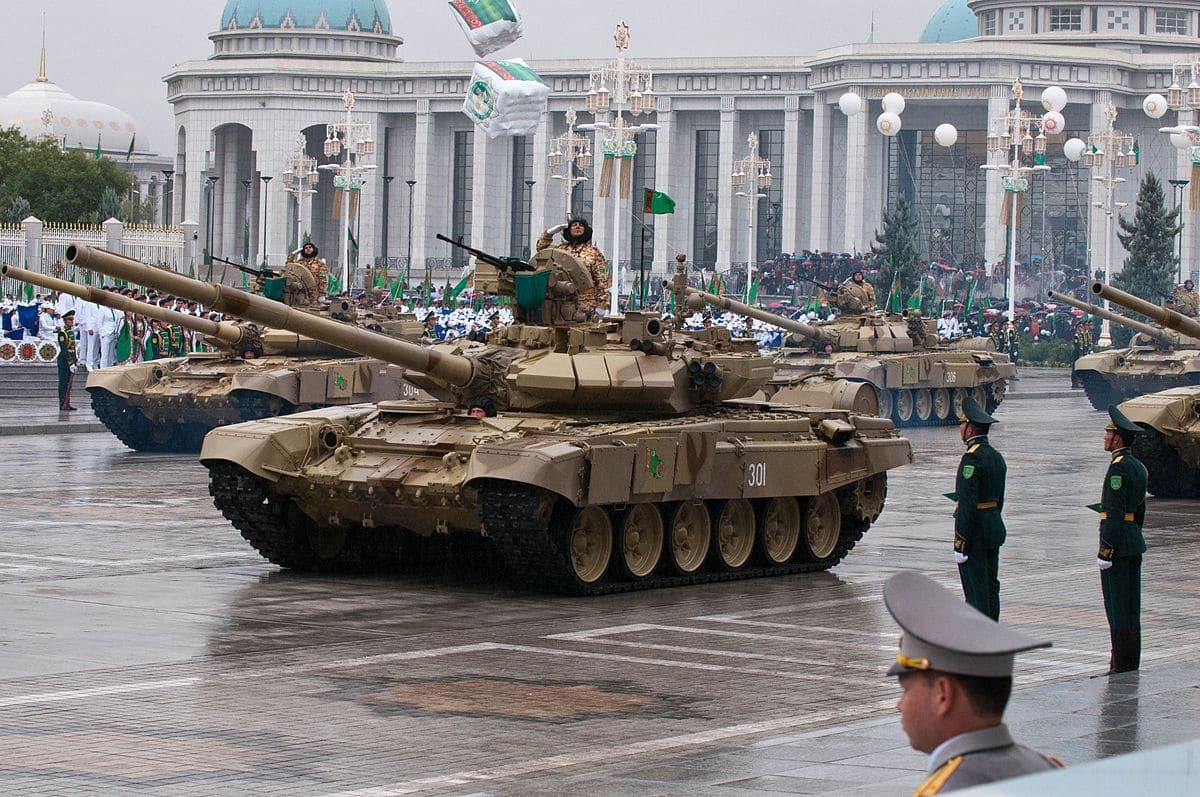 Source: caspiannews.com
Source: caspiannews.com
On July 13, 2010, the head of the Russian Air Force refused to rule out the expansion of an air base in Kyrgyzstan on Tuesday. "We are not planning to expand the Kanto military base, but if we are asked, we will expand," said Col.
Alexander Zelin said. "Our state will always welcome the presence of Russian troops," said the head of the Kyrgyz Air Force, Erkin Osmonov. During the history of Kyrgyzstan, two groups of forces were active - the southern and, more recently, the northern.
In 2004, the Northern Force Group was reported to consist of the Balikchinsky Brigade, a brigade stationed in the suburbs of Bishkek, separate battalions of Karakal and Narin, and other army units [3] . For the Air Force, the main place of training is the Bishkek Aviation School, which was once the main training center for foreign air cadets, but in 1992 was reduced to a small contingent, which was mainly Kyrgyz cadets.
In 1992 Kyrgyzstan had five training regiments operating 430 aircraft, but by the mid-1990s this number had been depleted. In 1994 the agreement required some Kyrgyz pilots to attend Russian air force schools. Initially, Bishkek did little to build a national force, strongly supporting the CIS Unified Command movement and relying on Russia's 40th Army (headquartered in Almaty) to finance ex-Soviet forces in Kyrgyzstan.
In the first months, Kyrgyz continued to call up the enlisted men to serve in the combined forces of the CIS; In 1992 March. An agreement with Russia allowed about 70 percent of Kyrgyz recruits to serve "on the territory of other republics."
The law "on military service" stated that in 1992 the writers would serve only in the "strategic forces" that were deployed in Russia; Services outside Kyrgyzstan would be provided under contract. Russian President Dmitry Medvedev and his then Kyrgyz counterpart Kurmanbek Bakiev signed a memorandum in August 2009 on the opening of a Russian training center for Russian and Kyrgyz soldiers and the deployment of additional troops (up to 500 troops) in the Central Asian republic.
The troops are to operate in Kyrgyzstan under the auspices of the Collective Security Treaty Organization (CSTO), a post-Soviet security bloc. According to the memorandum, Russia plans to unite all its military facilities in Kyrgyzstan in the United Russian Military Base.
This would include an air base in Kant, a new training center and several smaller facilities. In 1992, the Kyrgyz command took over the directorate of the KGB. Central Asian Border Troops District, which had about 2,000 mostly Russian troops.
In 1992 at the end of the year, worried about the possibility of infiltration across the border of Tajikistan and China, Russia established a joint command of the Kyrgyz-Russian border troops, which is headed by Russia.
 Source: thumbs.dreamstime.com
Source: thumbs.dreamstime.com
However, the forces were plagued by the desertion of Kyrgyz soldiers, about 200 of whom died in 1993. Flee to China. Border military bases are located in Isfara, Narin and Karakol. The long-time president of Tajikistan, Emomali Rahmon, is 69 years old.
It is believed that he plans to hand over his duties to his son Rustam Emomali, who is currently the Speaker of the Tajik Parliament. Such a takeover process usually requires a demonstration of power, a demonstration of regime stability, and the easiest way is to carry out a "short, victorious war", an old trick of desperate regimes.
Finally, Kyrgyzstan created a national force, but not by choice. According to one official, "In May 1992, Akayev received a telegram from [CIS Defense Minister] Shapashnikov, in which he ordered to take control of the forces on the territory of Kyrgyzstan, because the center would no longer pay for them.
On May 29, 1992, President Akayev issued a decree on the creation of the Kyrgyz Army, with the Soviet Motorized Rifle Division (MRD) stationed in Osh as the foundation. Only a year later, on August 18, 1993, Byshke announced the
Creation of the Kyrgyz General Staff. The heads of state security agencies of the countries announced the agreement on Saturday during a joint briefing in Kyrgyzstan, hours after Kyrgyz border guards reported that Tajik troops opened fire on Kyrgyz vehicles on their side. Why is it
Important to distinguish this case from previous cases of cross-border violence? If the history of wars teaches us anything, it is that any future efforts at peace and reconciliation require a Maintain fact-finding and impartial analysis.
When we refer to an act of aggression against a sovereign nation as nothing more than a "border clash," we discount the root causes of such aggression, ignore its potential for explosive conflict, and leave it unresolved.
If we call it what it is, an act of aggression, it demands immediate international attention and a solution through international law. The Chief of the General Staff, a second-ranking officer of the armed forces, is responsible for the coordination of the National Security Council, the State National Security Committee, border troops and civil defense.
Since 1993, the position has been held by Kyrgyz General Felix Kulov. The General Staff, modeled after the Russian structure, includes the commanders of the National Guard, ground forces, air and air defense forces and internal forces.
 Source: assets.bwbx.io
Source: assets.bwbx.io
After the collapse of the Soviet Union, the Russian Air Force quickly withdrew from its bases in Central Asia, leaving Kyrgyzstan with very little value. In 1992 the Kyrgyz army consisted of one division based in Bishkek, an independent mountain combat brigade based in Osh, and three flight training regiments.
Shortly thereafter, the aviation element collapsed. They also inherited a flight training base in Kante. As an outpost of the Soviet Union, Kyrgyzstan's legacy forces were heavy, equipped with older generation equipment, poorly structured and ill-equipped for the country's new security challenges.
The readiness of most of the forces and their associated equipment was poor during the Soviet era and has worsened since independence. For most of the Soviet period, starting in 1967, the 8th Guards Panfilov Motor Rifle Division was the main military force of the country, and the division was disbanded only in 2003. In January.[2]
In 1967, the department was transferred to Bishkek from the Baltic Military District, where it was previously located. What appears to be an act of aggression by Tajikistan has had disastrous consequences. The situation escalated, and the military actions of Tajikistan were stopped by a strong Kyrgyz response.
As mentioned above, the death toll has risen to at least 59 Kyrgyz nationals and at least 35 Tajik nationals, with hundreds of injuries reported. שבת האט די AFP נייעס אגענטור געמאלדן אז איר קארעספאנדענט אין באטקען האט נישט געקענט דערגרייכן די קאנפליקט זאנע, ווייל שטיין-וועלנדיג קירגיז האבן פארטריבן אויטאס צוזאמען דעם וועג וואו קירגיזישע זעלנער לויפן צווישן דעם דארף מינ בולאק און דאס שטעטל איספאנא.
ביז 2003 די קירגיזישע לופט קראַפט איז געווען דער קלענסטער פון די אַרמד סערוויסעס, מיט 2,400 פּערסאַנעל און ווייניק אַפּעריישאַנאַל ערקראַפט. צוועלף יאָר, בכלל נעבעך וישאַלט, און לימיטעד אַקסעס צו קריטיש ספּער טיילן, אַרויסרופן די פּאַסיקקייט פון פילע, אויב ניט רובֿ, פון די ערפראַמעס נאָך אין זייער ינוואַנטאָרי.
אין דערצו, די עלעקטראָניש נאַוויגאַציע, קאָמוניקאַציע, און וועפּאַנז פּאַקאַדזשאַז אויף רובֿ פון די ערקראַפט זענען איצט אַוטדייטיד און דאַרפֿן צו זיין מאַדערנייזד אויב זיי זענען געריכט צו טרעפן כּמעט קיין טיפּיש מיסיע רעקווירעמענץ פון די קראַנט דור ערקראַפט.
עס איז געגרינדעט געווארן א "געמיינזאמע" קירגיזיש-רוסישע גרענעץ-ארמיי קאמאנדע, אנגעפירט מיט א רוסישער. די רוסישע גרענעץ גאַרד גרופע אין קירגיזיע (GRBGK) באדינט קירגיזיע, אָבער איז סאַבאָרדאַנייט צו רוסלאַנד 'ס פעדעראלע גרענעץ גאַרד סערוויס, מיט מאָסקווע פאַנדינג 80 פּראָצענט פון זייַן בודזשעט.
אין די שפּעט 1990 ס, מער ווי 60 פּראָצענט פון די רעקרוטיד אין די "רוסישע" גרענעץ פאָרסעס זענען איצט עטניק קירגיז. ווי די רוימישע לעגיאָנס צוזאמען דעם ריין זענען געווארן מער און מער טעוטאָניק, אַזוי די גרבגק געווארן מער און מער סענטראַל אַסיאַן.
ביז 2012 די אַרמיי האָט געהאַט 8,500 זעלנער. די 1,000-שטאַרק נאַשאַנאַל גאַרד איז דיסבאַנדיד אין 2010. און לויט ווי ער איז אריין אין פארטיידיגונגס מיניסטעריום. עס קען האָבן כאַוזד דרייַ ספּעציעל אַפּעריישאַנז וניץ. איין שטריך וואָס דיסטינגגווישיז דעם אינצידענט פון פריערדיקן גרענעץ קלאַשיז איז אַז טאַדזשיקיסטאַן טאַרגעטעד ציוויל ינפראַסטראַקטשער לאָוקייטאַד אין אַנדיספּיוטיד קירגיזיש טעריטאָריע, אַוועק פון די קירגיזיש-טאַדזשיק גרענעץ.
די רעגיאָנאַל הויפּטשטאָט, באַטקען, 10 קילאמעטער פון דער גרענעץ און בלי אין קירגיזיש טעריטאָריע, איז געווען ריפּאָרטאַדלי שילדז. די ינדיסקרימאַנאַט שילינג סאַגדזשעסץ אַ מעגלעך ציל פון דרייווינג סאַוויליאַנז פון דער געגנט. שווערע שיסערייען פון דער טאַדזשיקישער זייט האָט טאַקע געטריבן פילע באַטקען איינוואוינער פון זייערע היימען.
אין טערמינען פון מעייווער - לייאַם בייַזייַן, די יו-געפירט קאָואַלישאַן אָפּעראַציע ענדורינג פרייהייט ניצט מאַנאַס לופט באַזע (בישקעק אינטערנאציאנאלע ערפּאָרט), בשעת רוסלאַנד האט די 999 לופט באַזע אין קאַנט, וואָס מאָסקווע געגרינדעט צו אַנטקעגנשטעלנ די אמעריקאנער מיליטעריש בייַזייַן אין די ערשטע סאָוויעט שטאַט.
.
kyrgyzstan air force, kazakhstan military equipment, kyrgyzstan army, kyrgyz armed forces, kyrgyzstan military size, soviet kyrgyzstan, us military in kyrgyzstan, kyrgyz army

 Source: www.apartmentguide.com
Source: www.apartmentguide.com Source: c8.alamy.com
Source: c8.alamy.com Source: s.wsj.net
Source: s.wsj.net Source: i.pinimg.com
Source: i.pinimg.com
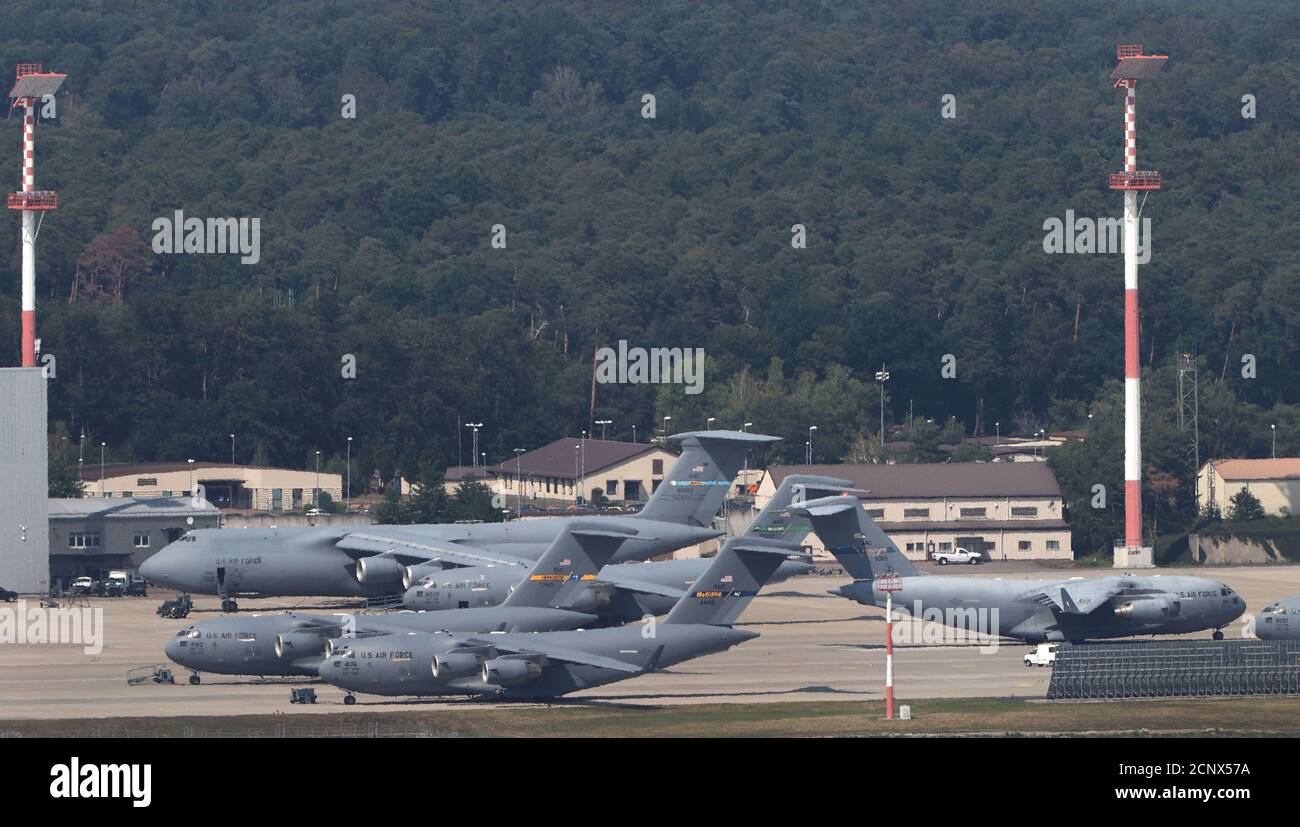 Source: c8.alamy.com
Source: c8.alamy.com Source: api.army.mil
Source: api.army.mil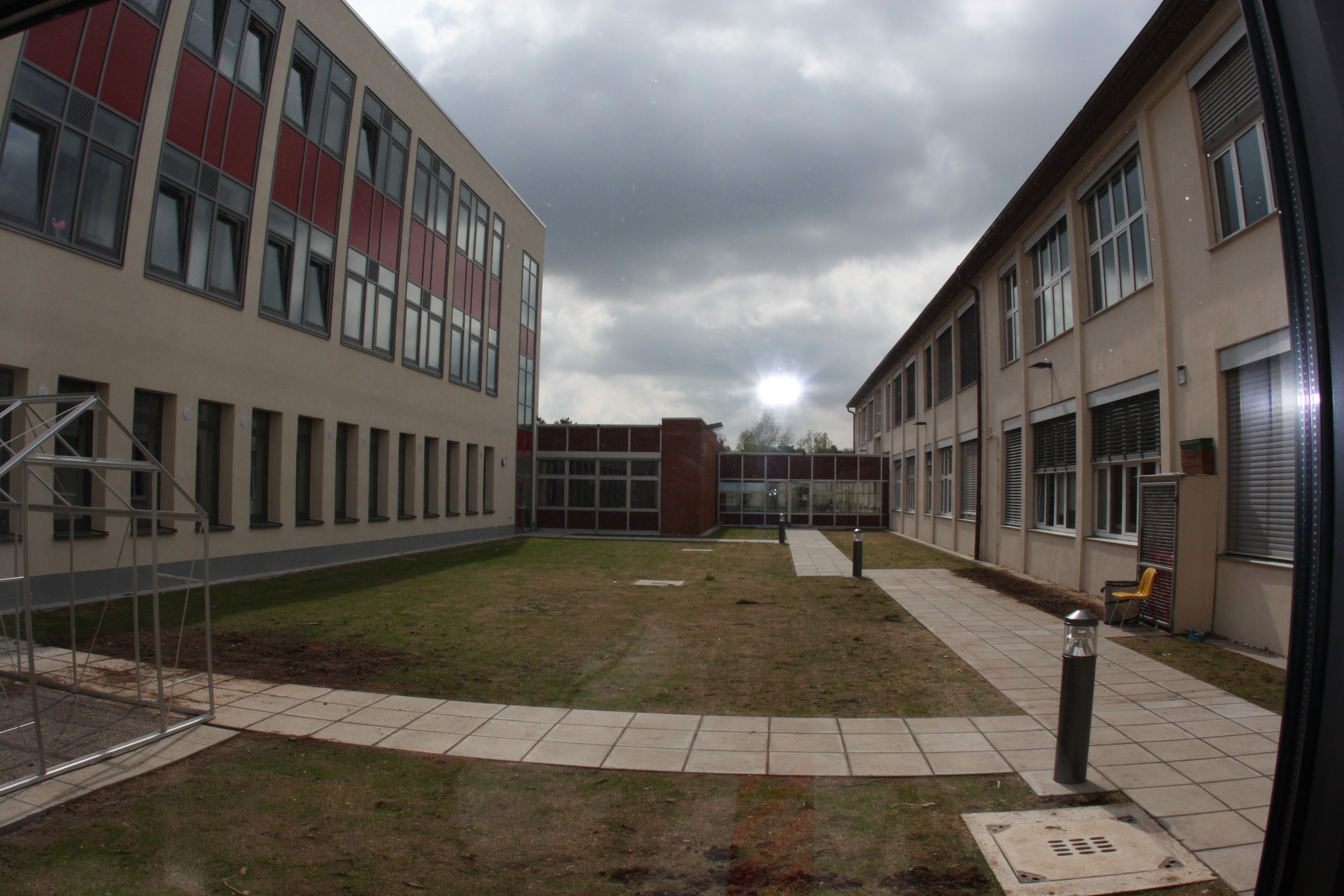 Source: api.army.mil
Source: api.army.mil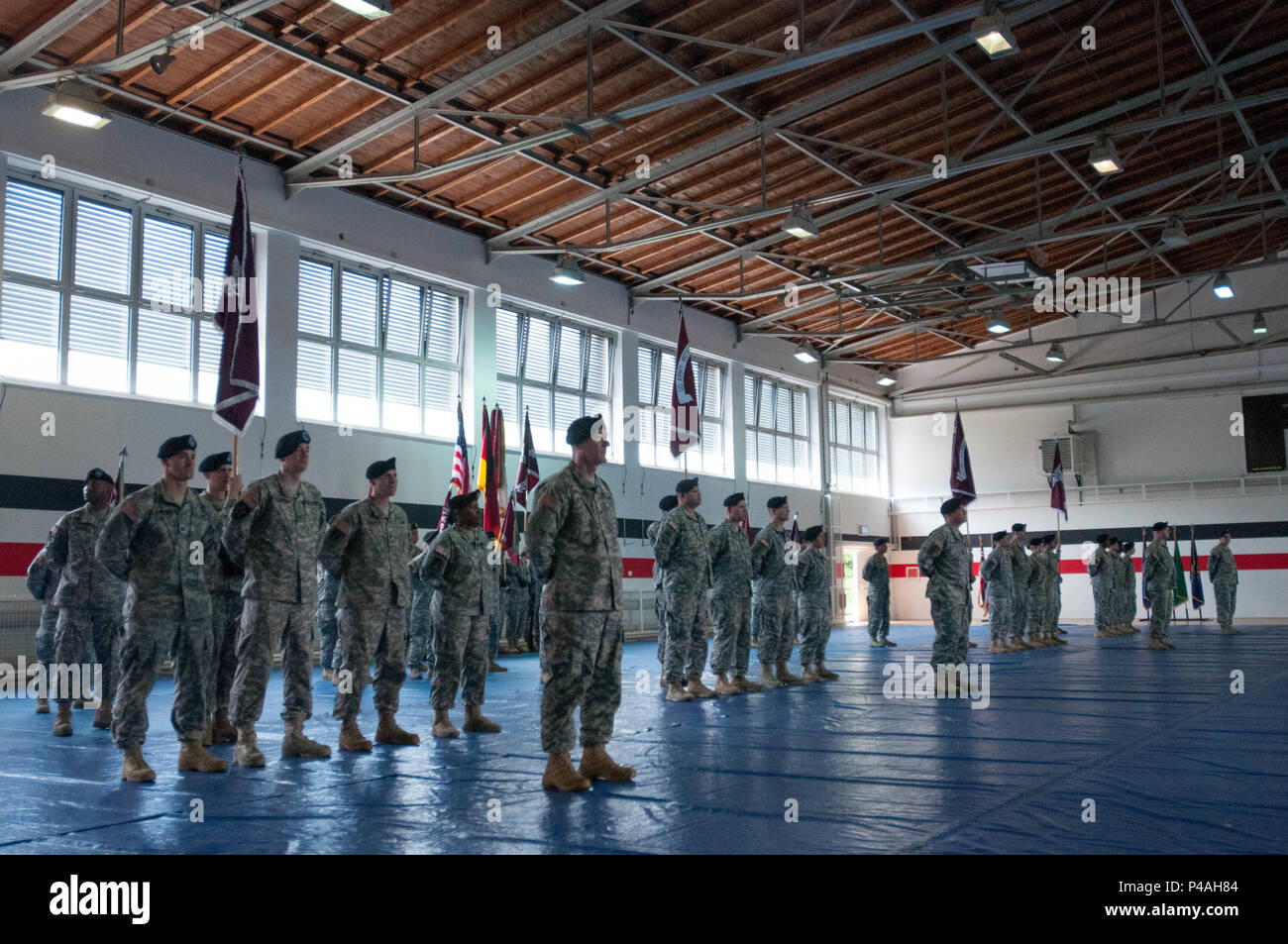 Source: c8.alamy.com
Source: c8.alamy.com
 Source: i.pinimg.com
Source: i.pinimg.com Source: hips.hearstapps.com
Source: hips.hearstapps.com Source: m.media-amazon.com
Source: m.media-amazon.com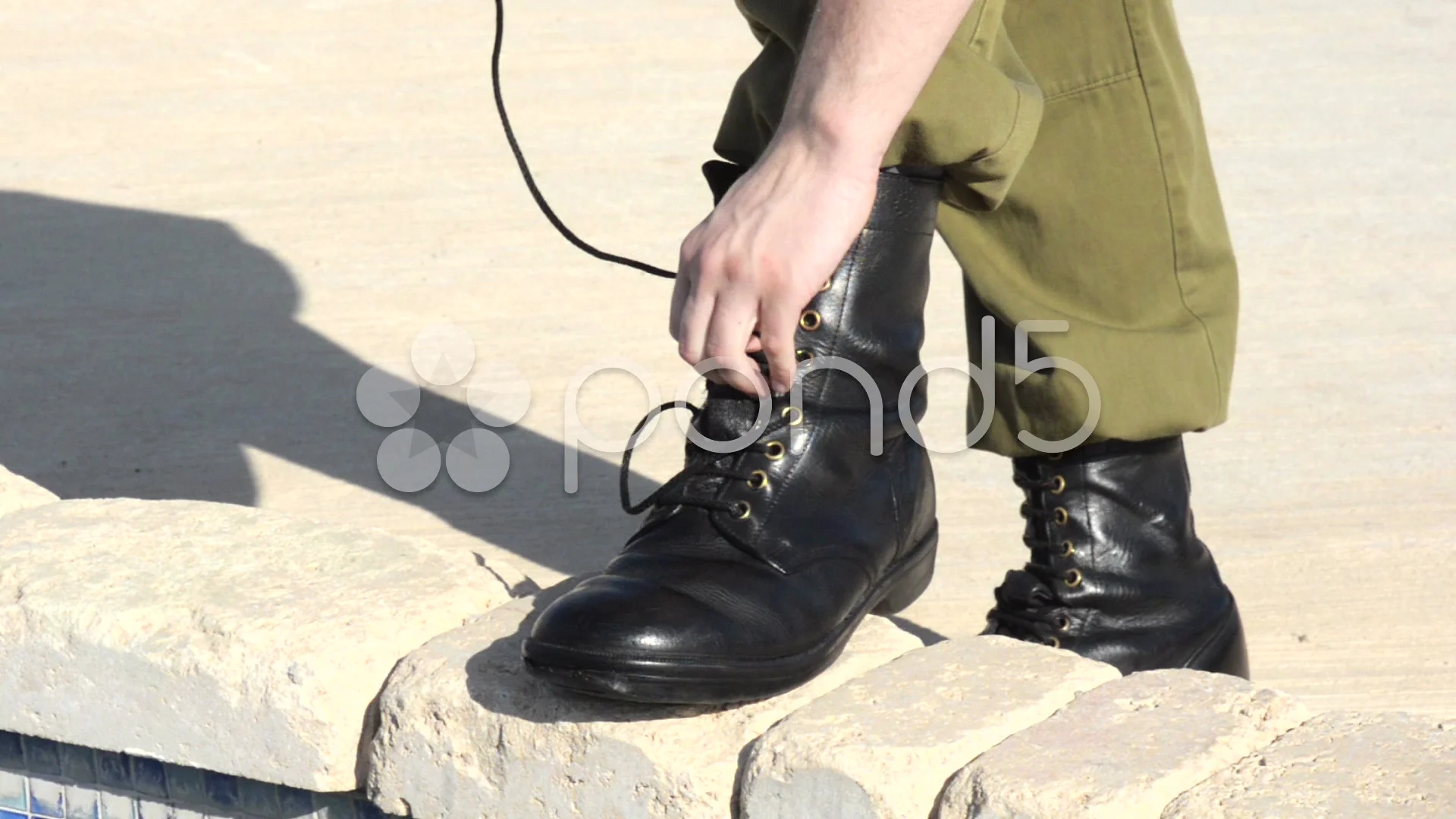 Source: images.pond5.com
Source: images.pond5.com Source: onlineshoe.co.uk
Source: onlineshoe.co.uk
![Kyungsoo [Hq] 190806 Basic Training Completion Ceremony |](https://i.pinimg.com/originals/ce/49/85/ce4985179b413194aff363d4f5fd5da6.jpg) Source: i.pinimg.com
Source: i.pinimg.com Source: image.kpopmap.com
Source: image.kpopmap.com Source: blog.kakaocdn.net
Source: blog.kakaocdn.net Source: ih1.redbubble.net
Source: ih1.redbubble.net Source: i.pinimg.com
Source: i.pinimg.com Source: i.ytimg.com
Source: i.ytimg.com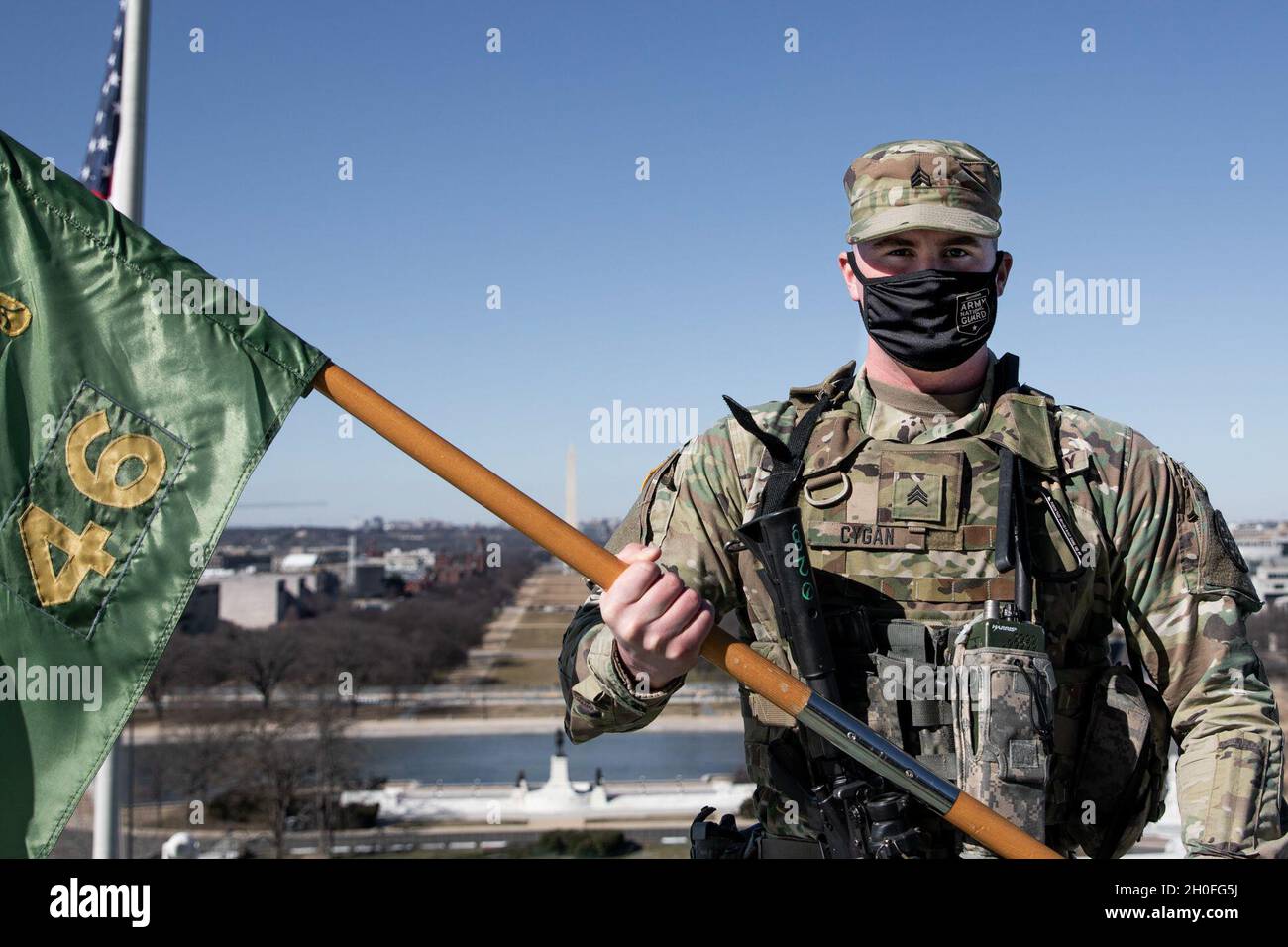 Source: c8.alamy.com
Source: c8.alamy.com![Kyle Brandt Flawlessly Articulates R/Nfl's Thoughts On Brady's Post Game Handshakes Snubs [Highlight] : R/Nfl](https://pbs.twimg.com/media/EQGNAtgWkAArGHh.jpg) Source: pbs.twimg.com
Source: pbs.twimg.com Source: www.reviewjournal.com
Source: www.reviewjournal.com Source: i.ytimg.com
Source: i.ytimg.com